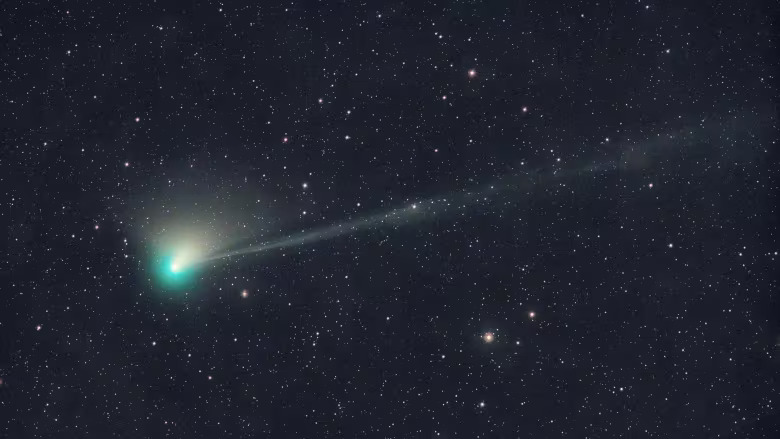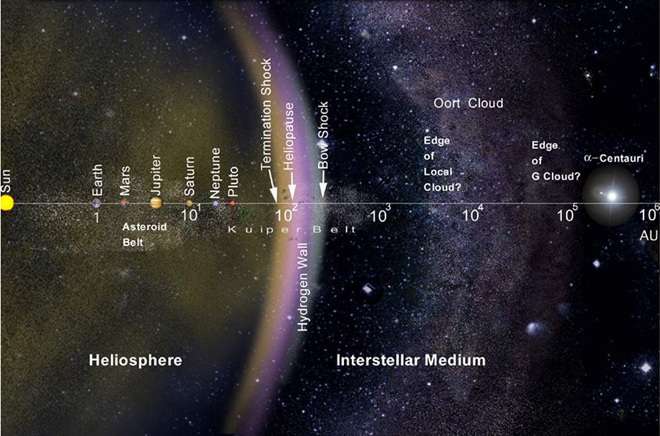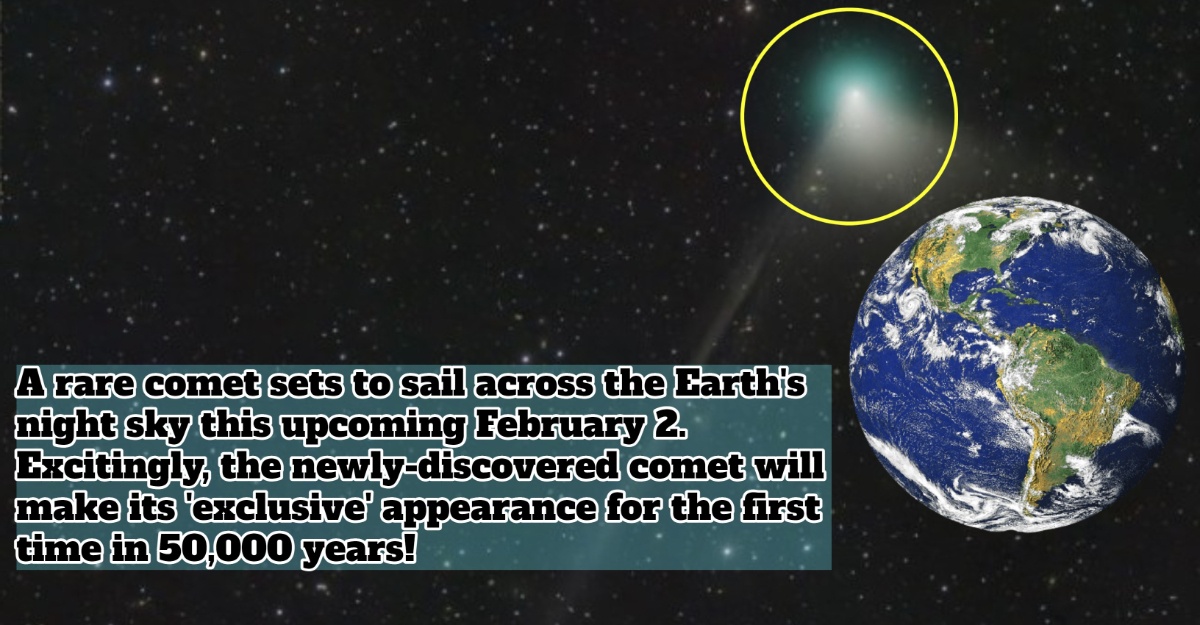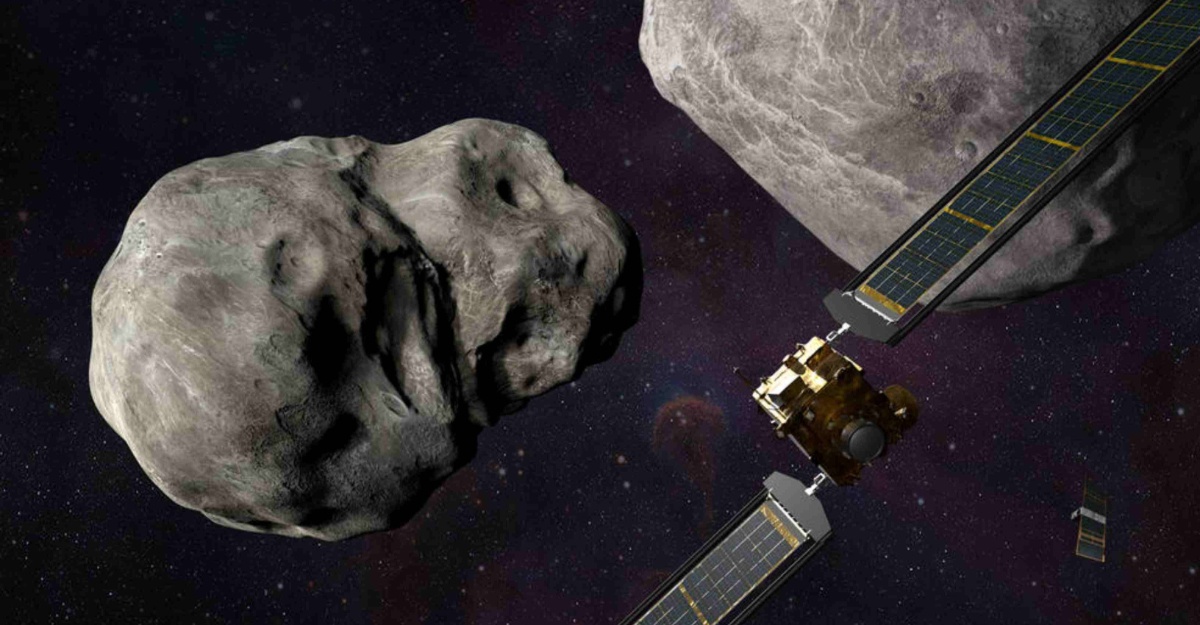A rare comet sets to sail across the Earth’s night sky this upcoming February 2. Excitingly, the newly-discovered comet will make its ‘exclusive’ appearance for the first time in 50,000 years! According to NASA, the comet will pass nearest to Earth at around 26 million miles (42 million kilometers) away.

The history of the comet
Known as C/2022 E3 or ZTF (Zwicky Transient Facility), it was first spotted crossing Jupiter last year. It was seen in hindsight during the routine survey of the northern night sky from Palomar Observatory in San Diego, California.
What are the characteristics?
Fascinatingly, scientists discovered this icy object orbited the Sun for about 50,000 years. The comet traveled to the far edge of the Solar System’s Oort Cloud. Some scholars assume the system could be the comet’s origin.
A little bit about Oort Cloud: it’s a thick bubble of comet-like objects that surrounds the whole Solar System. They don’t wander too far off from the Sun.

NASA explained there might be infinite long-period comets existing in the Oort Cloud. However, when something disturbs the orbit of these icy objects, they’ll fall to the Sun. Thus, when this happens, we can see the rare comet originated from the Oort Cloud in Earth’s sky.
With its beautiful greenish halo, anyone can see this ball of dust, rock and ice with or without binoculars or a telescope!
How to watch the rare comet
In the latter part of January, the C/2022 E3 (ZTF) is visible to anyone living in the Northern Hemisphere in the early evening. For the ones living in the Southern Hemisphere, you can see this comet cross the sky in early February.
To have a clearer and more HD view of C/2022 E3, you should move to somewhere dark, preferably without clouds, the Moon or city lights. Once you find the perfect spot, you can see this with the naked eye and bask in the breathtaking moment!
This comet, deem to be the brightest by NASA, will pass the Earth soon. Are you ready to see it?
Sources: Space Explored, NASA








